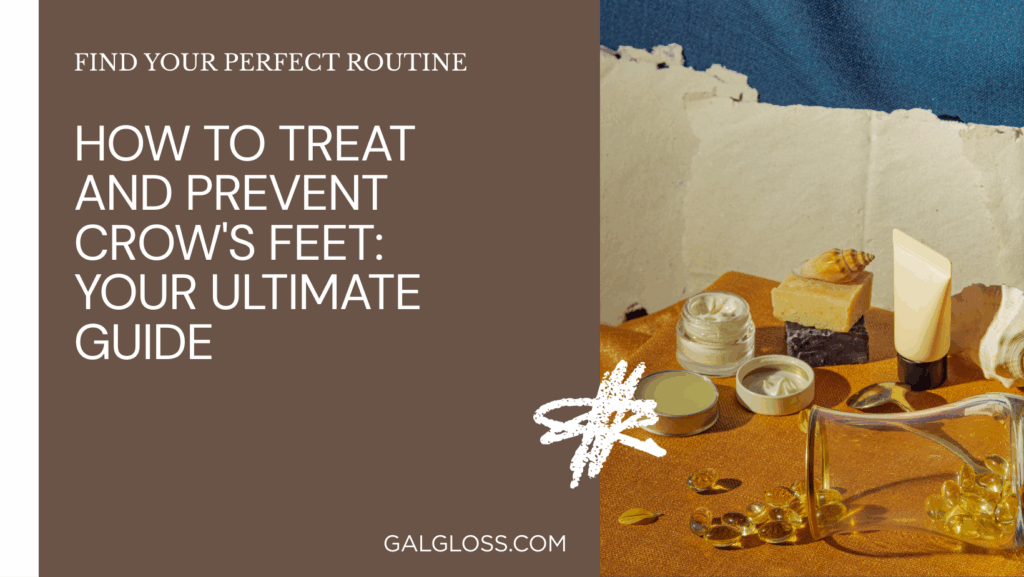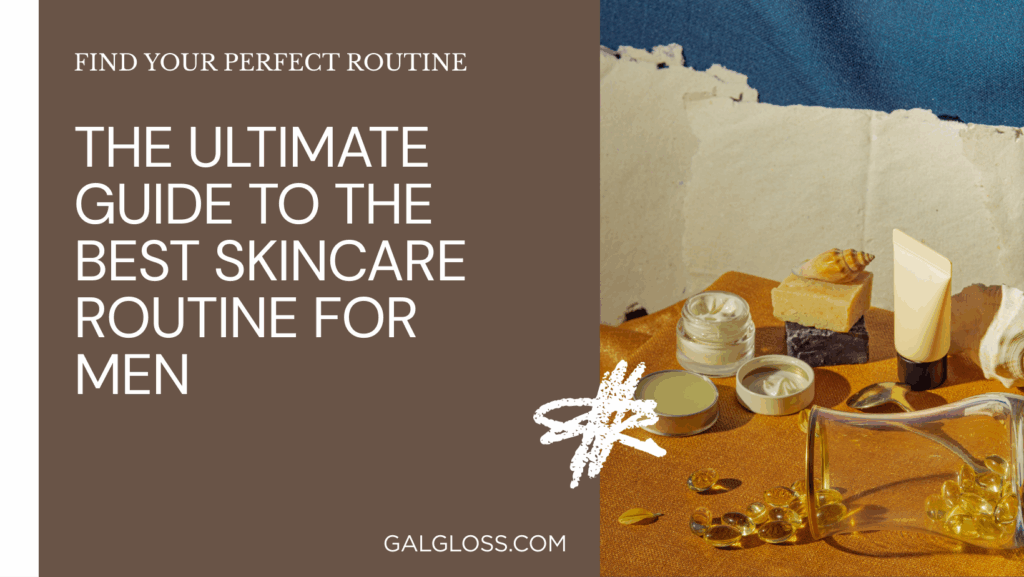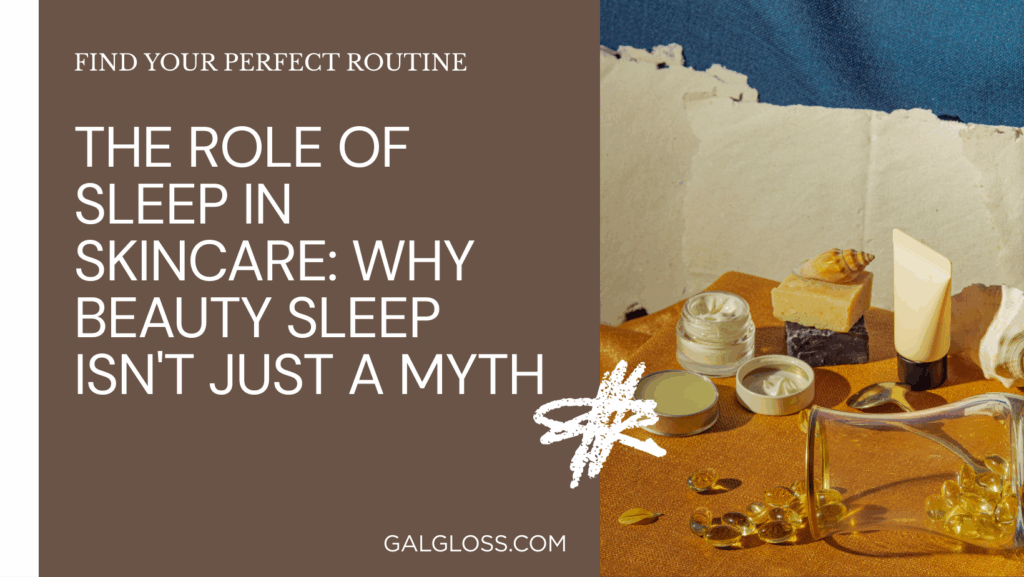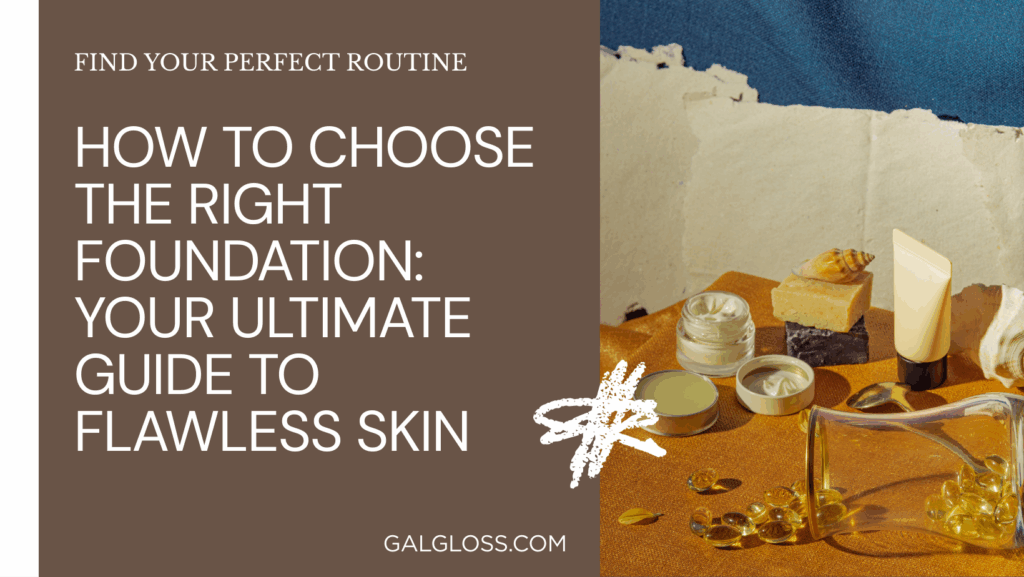Ever stood in front of the mirror, contemplating a hair color change but feeling utterly lost? You’re not alone. Choosing the right hair color can be as tricky as finding a needle in a haystack. But don’t worry, I’ve got your back!
Think of your hair as a canvas, and hair color as the paint that brings it to life. The right shade can enhance your features, boost your confidence, and even make you look younger. But pick the wrong one, and you might end up looking washed out or, worse, like you’re wearing a wig!
In this guide, we’ll dive deep into the world of hair color. We’ll explore everything from understanding your skin tone to considering your lifestyle. By the end, you’ll be armed with all the knowledge you need to make an informed decision about your next hair color adventure.
Ready to unlock the secrets of choosing the perfect hair color? Let’s get started!
Understanding Your Skin Tone
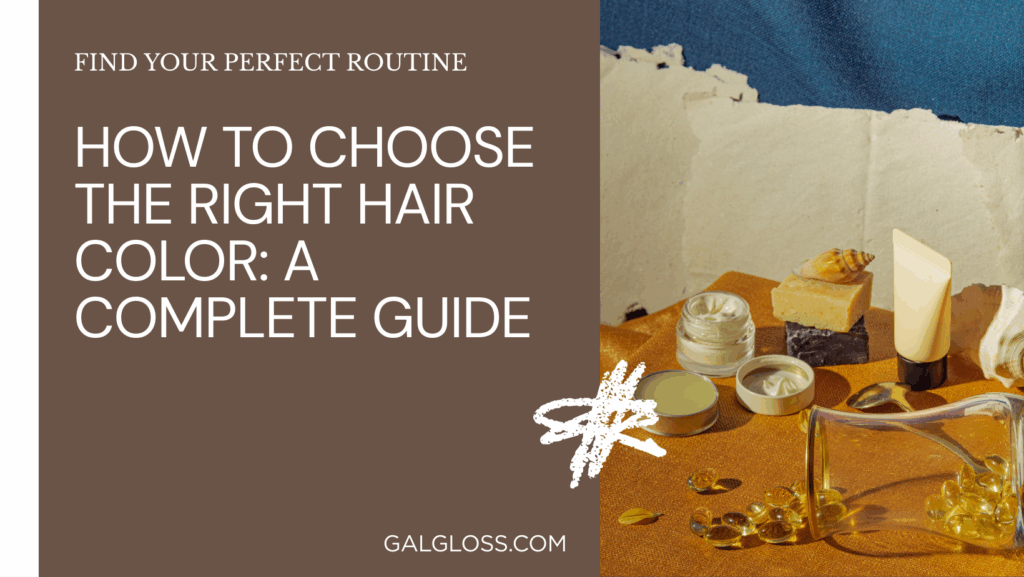
Your skin tone is the foundation of your hair color choice. It’s like the base coat of a painting – get it right, and everything else falls into place.
Warm vs. Cool Skin Tones
- Warm skin tones have golden, yellow, or peach undertones
- Cool skin tones have pink, red, or blue undertones
How to Determine Your Skin Tone
- Check your veins: Green veins = warm tone, blue veins = cool tone
- Gold vs. silver jewelry test: Which looks better on you?
- White paper test: Hold white paper next to your face. Does your skin look yellow/golden (warm) or pink/blue (cool)?
Best Hair Colors for Each Skin Tone
- Warm skin tones: Golden blonde, honey brown, copper red
- Cool skin tones: Platinum blonde, ash brown, burgundy red
Remember, these are guidelines, not rules. Sometimes, breaking the rules can lead to stunning results!
Consider Your Natural Hair Color
Working with your natural base can save you time, money, and damage. It’s like building a house – start with a solid foundation.
Working with Your Natural Base
- Stay within 2-3 shades of your natural color for easier maintenance
- Consider your hair’s undertones when choosing a new shade
Maintenance Requirements
- Drastic changes (e.g., dark to blonde) require more upkeep
- Subtle changes are easier to maintain and grow out gracefully
Factor in Your Eye Color
Your eyes are the windows to your soul – and a key factor in choosing your hair color. The right hair color can make your eyes pop!
Complementary Hair Colors for Different Eye Colors
- Blue eyes: Warm blonde, rich brown, copper
- Green eyes: Red, auburn, chocolate brown
- Brown eyes: Honey blonde, caramel brown, jet black
- Hazel eyes: Golden blonde, light brown, dark red
Think About Your Lifestyle
Your hair color should fit your life, not the other way around. It’s like choosing clothes – they should suit your daily activities.
Low-Maintenance vs. High-Maintenance Color Options
- Low-maintenance: Balayage, ombre, root smudges
- High-maintenance: All-over platinum blonde, vibrant fashion colors
Considering Your Job and Daily Activities
- Conservative workplace? Stick to natural-looking shades
- Active lifestyle? Choose low-maintenance colors that won’t show roots quickly
Seasonal Color Analysis
Just as nature changes with the seasons, so can your hair color. It’s like accessorizing – different seasons call for different looks.
How Seasons Affect Hair Color Choices
- Spring: Light, warm colors (golden blonde, strawberry blonde)
- Summer: Cool, ashy tones (platinum blonde, ash brown)
- Autumn: Rich, warm hues (copper, auburn)
- Winter: Deep, cool shades (jet black, cool dark brown)
Popular Hair Color Trends
Trends come and go, but finding one that suits you can be a game-changer. It’s like fashion – trends can inspire, but make them your own.
Current Trending Hair Colors
- “Money piece” highlights
- Copper and auburn shades
- “Lived-in” color (subtle, natural-looking highlights)
- Pastel tones
How to Adapt Trends to Suit You
- Consider a toned-down version of a bold trend
- Try temporary colors to test out trendy shades
DIY vs. Professional Coloring
To DIY or not to DIY? That is the question. It’s like cooking – sometimes homemade is great, other times you need a pro.
Pros and Cons of At-Home Coloring
Pros:
- Cost-effective
- Convenient
- Fun and experimental
Cons:
- Risk of damage
- Unpredictable results
- Limited color options
When to Seek Professional Help
- For drastic color changes
- When dealing with damaged hair
- For complex techniques like balayage or color correction
Hair Color and Age
As we age, our hair color needs change. It’s like skincare – what worked in your 20s might not work in your 50s.
How Age Affects Hair Color Choices
- Skin tone changes with age
- Gray hair requires different coloring techniques
Flattering Colors for Different Age Groups
- 20s-30s: Experiment with bold colors and techniques
- 40s-50s: Rich, multidimensional colors to add depth
- 60s+: Softer shades to complement changing skin tones
Special Considerations
Sometimes, your hair needs extra TLC. It’s like having a pet – some need more specialized care than others.
Gray Coverage Options
- Full coverage with permanent color
- Blending with highlights or lowlights
- Embracing the gray with silver-enhancing products
Coloring Damaged or Textured Hair
- Use gentle, ammonia-free formulas
- Consider semi-permanent colors for less damage
- Embrace your natural texture with color placement techniques
Hair Color Techniques
There’s more than one way to color your hair. It’s like painting – different techniques create different effects.
Highlights, Lowlights, and Balayage Explained
- Highlights: Lighter streaks to add dimension
- Lowlights: Darker streaks to add depth
- Balayage: Hand-painted highlights for a natural, sun-kissed look
Choosing the Right Technique for Your Desired Look
- Want all-over color? Go for single-process color
- Craving dimension? Try highlights or balayage
- Looking for subtle change? Consider lowlights
Maintaining Your New Hair Color
Congratulations on your new color! Now, let’s keep it looking fresh. It’s like a new car – proper maintenance keeps it looking great.
Products for Color-Treated Hair
- Color-safe shampoo and conditioner
- Leave-in treatments with UV protection
- Color-depositing masks for refreshing tone
Tips for Making Your Color Last Longer
- Wait 48 hours after coloring before washing
- Use cool water when washing
- Limit heat styling
- Protect hair from sun and chlorine
Common Hair Coloring Mistakes to Avoid
Learn from others’ mistakes to achieve hair color success. It’s like driving – knowing the pitfalls helps you avoid them.
Over-Processing and Damage
- Don’t color too frequently (wait 4-6 weeks between sessions)
- Always follow processing times precisely
Choosing Unflattering Shades
- Consider your skin tone and eye color
- Do a strand test before committing to a new color
Conclusion
Choosing the right hair color is a journey, not a destination. It’s about self-expression, creativity, and finding what makes you feel confident and beautiful. Remember, there’s no one-size-fits-all solution – what works for your best friend might not work for you.
As you embark on your hair color adventure, keep these key points in mind:
- Understand your skin tone and work with it, not against it
- Consider your natural hair color for easier maintenance
- Factor in your lifestyle and maintenance preferences
- Don’t be afraid to seek professional help for complex color changes
- Embrace trends, but make them your own
- Properly maintain your new color to keep it looking fresh
Above all, have fun with it! Hair color is temporary, so don’t be afraid to experiment. Whether you’re going for a subtle change or a bold transformation, the right hair color can boost your confidence and help you express your unique personality.
So go ahead, take the plunge! Armed with this guide, you’re ready to choose the perfect hair color that’ll have you turning heads and feeling fabulous. After all, life’s too short for boring hair!


